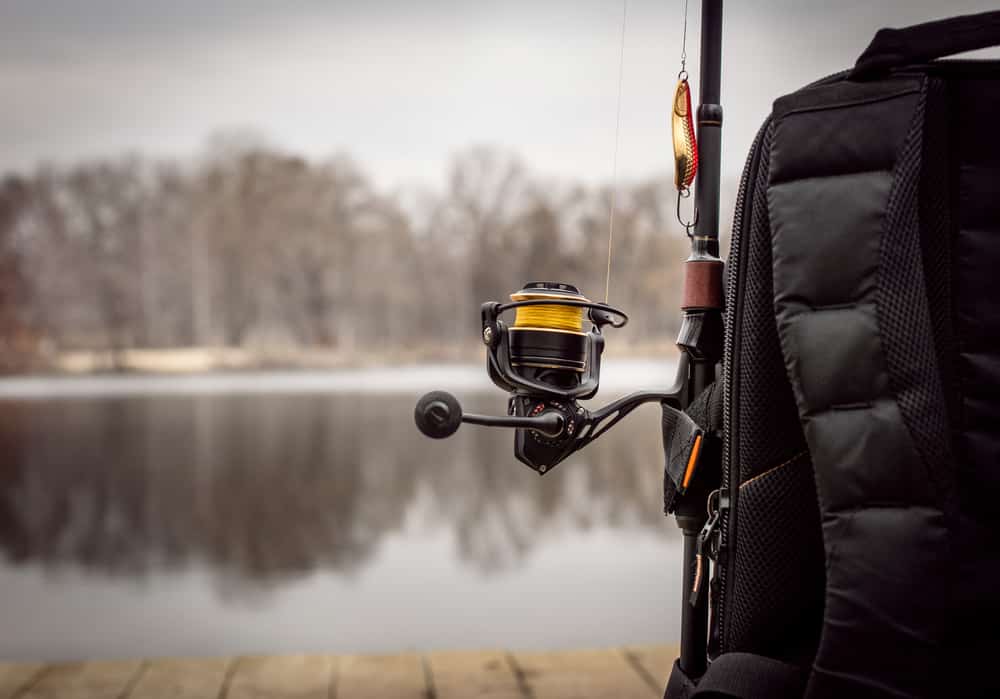
Danville has dominated the fly-tying thread market for several years with its wide range of products. Depending upon which setup you’re running, it is quite easy to choose the perfect fly-tying thread from the Danville portfolio. If you’re confused about which fly tying thread to purchase, you can always reach out to the Danville customer support and seek help regarding the ideal thread for your setup. Recently there have been many queries about the aspects of a fly-tying thread and a sewing thread. So, if you’re also interested in the fly-tying thread vs the sewing thread, the following information should help.
Fly Tying Thread vs Sewing Thread Comparison
Fly Tying Thread
The biggest difference between the standard sewing thread and a fly-tying thread is the enhanced torsion strength in the fly threads. The choice of components and materials used make fly tying threads a much more viable option for anglers across the globe. When you compare these threads with the standard sewing counterparts, you will notice a fragile structure that is not suited for fishing. So, if you were thinking of substituting the fly-tying thread with the sewing thread, it is not a viable option for your setup.
By choosing a sewing thread, you will only be compromising the strength of your setup. Aside from the increased strength of the fly-tying thread, it comes in a variety of different colors and will lay flat on the setup. If you’re using any portable vise, then it would be effortless to perfectly manage a fly setup while using the fly-tying thread. The only downside here is that the fly-tying threads can be more expensive when you compare them with the sewing threads. This is why many anglers think twice before making the purchase on a fly-tying thread.
However, what these people don’t realize is that the cotton thread will rot in no time. It will loosen up as soon as you start using the setup. Within a few hours, the thread will either rot away or come off the rig. So, you’ll have to keep a ton of sewing thread in reserve if you want to keep using this option. That way, you can switch out the thread easily when it loosens up.
All in all, going with a fly-tying thread for fishing purposes is always the best option. These threads are not only superior in strength, but they also bring a performance increase to your setup. So, if you have a few extra bucks to spare, buying the fly-tying thread should be your first option.
Sewing Thread
The sewing thread available in the market is mostly made out of cotton that brings poor durability and tensile strength. It rots quite easily and breaks away after a few uses when you try to use it in harsh conditions. This is why most experts recommend beginners to stick with a fly-tying thread for their setups. The price difference is there, but it shouldn’t affect your budget by a substantial margin. So, if you need a good thread for your fishing setup, then fly tying thread is the best choice.
Many people mentioned that it doesn’t lay flat on the setup and sticks out in a cylindrical shape. So, it negatively impacts the strength of your setup. Plus, it also makes it harder for anglers to manage the efficiency of their fishing unit. Usually, the cotton sewing threads will form a bulky cluster on your unit. This bulk of sewing thread will start to loosen up as soon as you start fishing. For this reason, you will have to tie the thread again and again to maintain a viable setup.
On the other hand, if you’re buying a thread made from polyester, then that can be used for your fishing trip. As long as you’re familiar with the diameter and the weight of the thread then you can make a good decision about using different threads. However, using cotton sewing threads is never a viable option. Depending upon the water conditions, you should also seek opinions from local anglers. They’ll tell you about the different types of tying threads that can be used for your setup. Hopefully, that will present you with some viable options for your fishing equipment.
